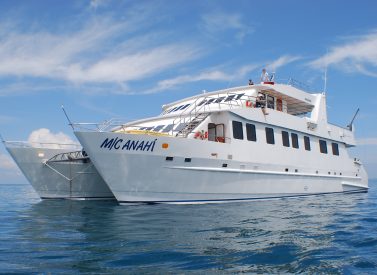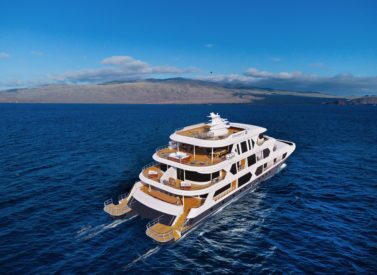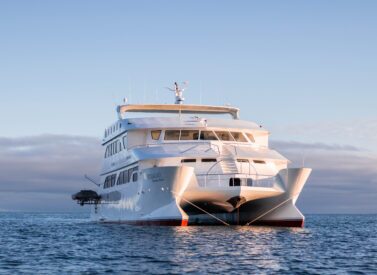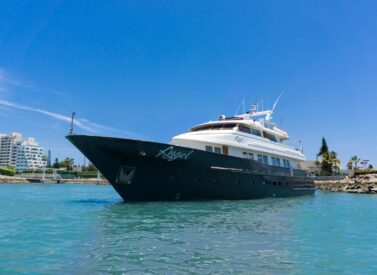
Coral I & II Galapagos Cruise Yachts
Discover the Galapagos Islands on Corals I and II, sister luxury cruise boats.
Coral I accommodates up to 36 people and the Coral II sleeps 20 passengers as they sail you around Galapagos.
These sister boats are perfect for those seeking a luxurious holiday to celebrate an anniversary or honeymoon.
Both are decorated in teakwood and have incredibly comfortable cabins with sea views and private bathrooms. Suites can interconnect, too – perfect for family travel.
Corals I & II decks
Enjoy sea views of the Galapagos Islands from the jacuzzi on the outside decks – Corals I and II connect you to passing scenery, helping you immerse in their beauty.
Enjoy snorkelling opportunities, two daily visits to different islands with a multilingual naturalist guide, plus activities on board at night time. Andean Trails’ customer Jana describes a week aboard Coral I in her blog.
The Coral I holds 36 passengers in 18 cabins, and the Coral II some 20 passengers in 11 cabins. All cabins are fully air conditioned with private bathrooms and sea views, LCD TVs and safe deposit boxes.
The yacht also offers a spacious sundeck, dining room, lounge, bar.
Trip Highlights
Print Share Download as PDF-
Two luxury yachts offering style and comfort and following the same itineraries.
-
Choice of twin, double and triple cabins with private bathrooms, cold/hot water showers; air conditioned, hair dryer and interconnecting options for families.
-
Variety of itineraries: 4, 5, 6 and 8 days available, making the Corals flexible to meet your needs.
-
Jacuzzi and bar among the generous social areas, maximising your relaxation when not on visits.
-
Three meals served daily, after-excursion snacks and non-alcoholic beverages. Barman serving cocktails!
-
Modern ships with all the comforts added in.
The whole trip was just incredible. The cruise on Galapagos Islands obviously was the highlight. The accommodation/food/guides on Coral 1 were amazing!
The crew was super nice and we had a lot of fun! The guides had great knowledge to share and the itinerary was super exciting and interesting. Lost in paradise!
I am super happy to have chosen Andean Trails for my trip and so grateful for the help of Kat, she gave me great recommendations and helped me in the best possible way with the planning of my trip.
M. Becker, France
Full Itinerary
Itinerary A: North + Central islands
Itinerary A (4 days) Sun-Wed
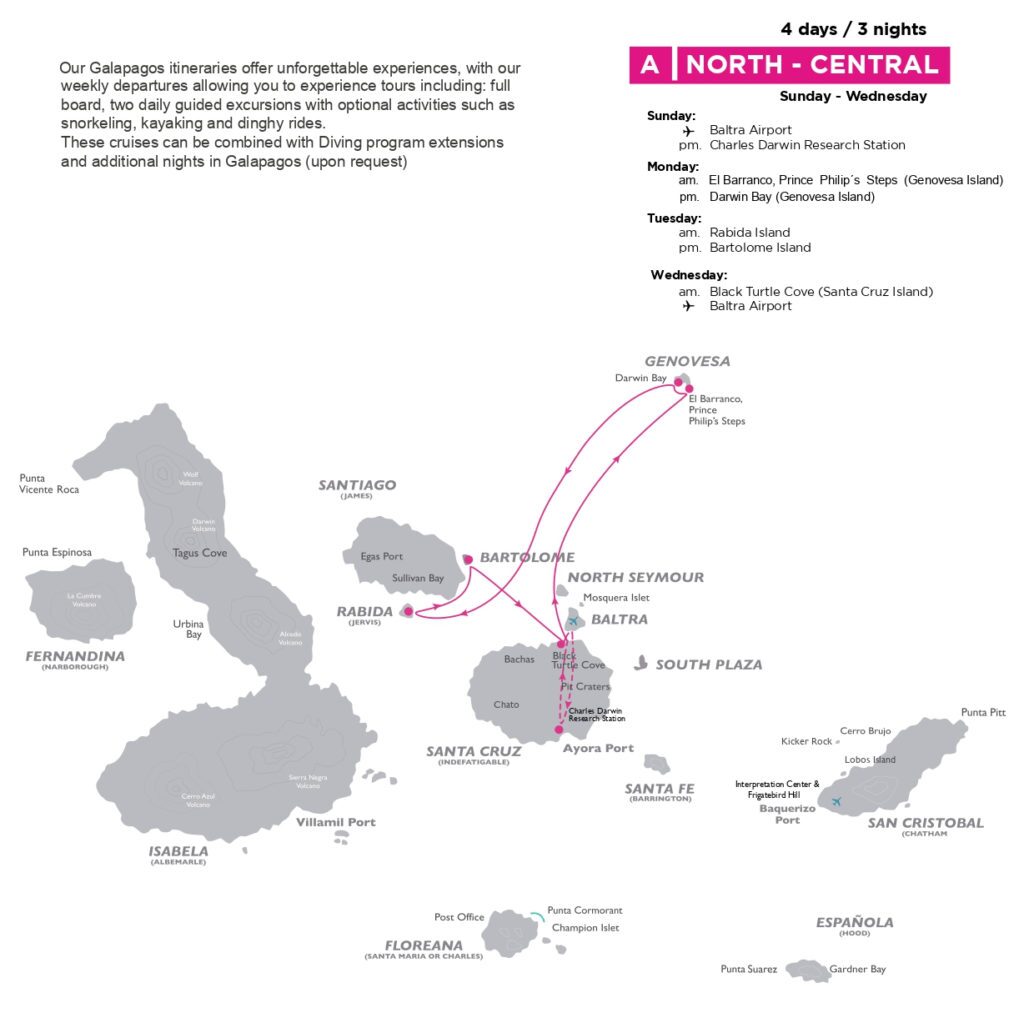
Day 1: Arrive Baltra Airport – Charles Darwin Research Centre (L,D)
- Departure from Quito or Guayaquil to Baltra, arrive in Galapagos, you are picked up at the airport by your naturalist guides and taken on a ten minute bus drive to the pier to board the Coral I or Coral II.
Settle in, then we visit Charles Darwin Station, where the Galapagos giant tortoise breeding program takes place as part of our efforts to preserve the fragile Galapagos environment and where the famous Lonesome George (the last surviving specimen of his species) lived for decades.
Eggs are brought from the Galapagos Islands of Pinzon, Santiago and Santa Cruz to the station. The eggs are incubated artificially; the “galapaguitos” (little tortoises) are born and reared until the age of 5 years; they are released in their native areas when they are capable of surviving the effects of introduced predators (rats, pigs and dogs).
Since 1970, more than 2000 “galapaguitos” have returned to the native areas. Moreover, admire a prickly-pear cactus forest and variety Darwin Finches and other land birds. In addition, the Darwin Station works in providing environmental education to communities, schools within the islands and tourists who are visiting the Galapagos Islands.
If there is enough time, you can visit the town and shop for souvenirs.
Yacht for dinner and briefing and the sail to Genovesa in the north.
Day 2: Genovesa: Prince Philip's Steps - Darwin Bay (B,L,D)
Prince Philip’s Steps – or El Barranco is a visitor site located on the southern part of Darwin Bay.
The trail is made of volcanic rock and has a length of 1.5km, which we will walk slowly in about 2 hours. The youngest area of the island, from a geological point of view, is found here. The natural erosion that has occurred in these lava flows has transformed the place into an ideal spot for nesting Storm Petrels.
We may see two species of petrels that nest in cavities and holes in the lava.One of the main predators of this place is the Short-eared Owl. The Nazca Booby is also present on this island.
During the panga ride along the cliffs we have can observe sea lions and other several species of seabirds.
Return to the Coral for lunch.
Darwin Bay originated when the crater of the island collapsed below sea level. The wet landing (jumping from the panga to the shallow waters of the shore) is on a beautiful white coral sandy beach
This island is a paradise for birdwatchers: Red-footed Boobies, Masked Boobies, Wandering Tattlers, Lava Gulls, Whimbrels and many more.Continuing on the trail, we will climb to the edge of the cliff to see red footed-boobies nesting in the mangrove trees below.
Bird watching includes sightings of sharp-beaked finches, large cactus and Ground Finches, Galapagos Doves, and Swallow-tailed Gulls.
Return to the Coral for dinner and set sail.
Day 3: Rabida and Bartolomé (B,L,D)
We wake in what some consider the epicentre of the Galapagos – Rábida.
Dark-red sand covers these unique beaches with the incredible landscape.
Nesting Brown Pelicans are found from July through September and nine species of the famous Darwin’s Finches can be seen. We also take a dinghy ride along cliffs to observe nesting seabirds, and snorkel off the coast, where marine life is particularly active.
Return to the yacht for lunch.
In the afternoon we visit Bartolomé. Here, we discover a fascinating moonscape formed by different volcanic parasitic cones – lava bombs, spatter, cinder cones – as we hike to the summit (372 steps over 1.5km trail) for impressive views of the surrounding islands, including the eroded tuff cone Pinnacle Rock. We also encounter marine iguanas, lava lizards, and blue-footed boobies.
Due to its geographical location, the lack of vegetation is immediately noticeable. Pioneer plants are observed, so called because they are the first to establish roots on new ground. They include Tiquilia nesiotica (which is endemic to the island) and Chamaesyce (known as sand mat or spurge in English), lava cactus, and Scalesia bushes. Behind the beach, we have dunes covered by mangroves.
What better way to cool off than beach time – a great opportunity to snorkel and see (perhaps swim with) Galapagos Penguins, sea turtles and white-tipped reef sharks among a great variety of colourful fish.
For many visitors, this may turn out to be the best of snorkelling experiences – the water here is generally clear, without too much surf and full of marine life.
Return to the yacht for a briefing and dinner.
Day 4: Black Turtle Cove – transfer to Baltra – flight to the mainland (B)
After breakfast, we head to Black Turtle Cove on the north shore of Santa Cruz Island.
This site is accessible only by sea and four species of mangrove crowd from the shore out into the lagoon. Turtles enjoy swimming in the calm waters, peaking their heads above the surface while fish, rays and small sharks circle below. White-tipped reef sharks can be seen beneath the boat, sea birds, including pelicans, herons and egrets, all feed in the cove. This cove has been declared as a “Turtle Sanctuary”, which we enjoy from the dinghy.
For those on itinerary A only, we transfer you to Baltra airport and you fly back to the mainland.
Itinerary B: West
Itinerary B (5 days) Wed-Sun
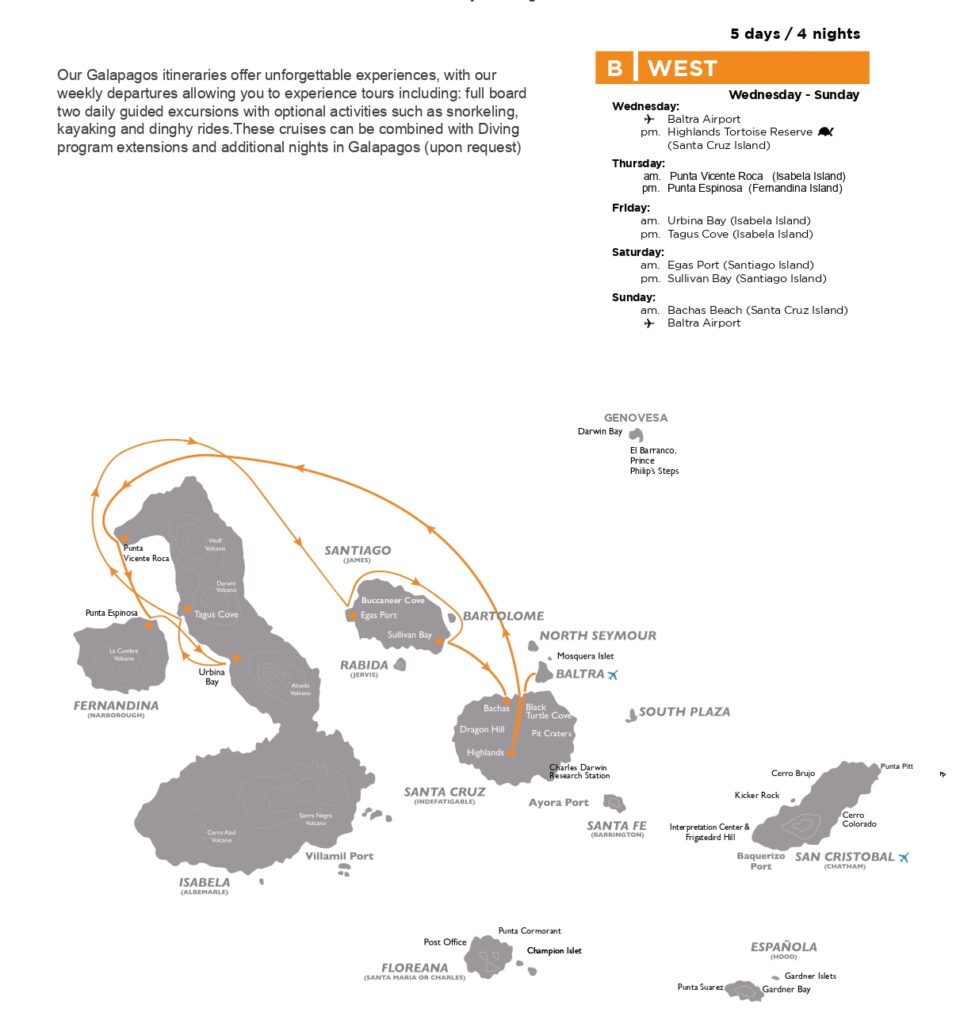
Day 1: Fly to Baltra – transfer in to yacht – Santa Cruz Highlands (L,D)
Arrive Baltra Island and your guide will be waiting for you.
Transfer to Santa Cruz and head to the Highlands.
We visit a private farm and natural tortoise reserve “El Chato” / “Primicias”, where giant tortoises are found in their natural habitat, as well as land birds such as Tree and Ground Finches, Vermillion Flycatchers, Paint-billed Crakes, Yellow Warblers and Cattle Egrets.
The journey to the reserve offers great opportunities to see the contrasts that the island offers in reference to the variety of ecosystems, life, and geology.
The road goes from the coast through the agricultural zone and straight up to the dense forests of the highlands that emerge from a light fog. Often, tortoises are also seen on the way, wandering through pastures in the agricultural zone. Land birds can also be observed along the excursion.
Transfer to the yacht for a briefing and dinner.
Day 2: Isabela – Vicente Roca Point – Fernandina – Espinosa Point (B,L,D)
We wake and take breakfast next to Isabela.
We are at Vicenta Roca Point – a promontory with two protected turquoise coves on either side of the remains of a tuff cone. One of them, the Bolivar Channel (one of the richest marine ecosystems on Earth), is accessible from the sea by water-filled subterranean passages, so it is a marine-only visitor site with really great opportunities for deep-water snorkelling.
In this part of the Galapagos, the upwelling of cold water currents from the West, offer an abundant food supply for marine species that supports a wide variety of marine life like: red-lipped batfish, seahorses, frogfish and octopi; the mola mola or sunfish, have also been spotted close to the rock walls. It is common to observe groups of dolphins, sea Lions, and tunas feeding here.
The geological formations here are also very impressive; a sheer cliff provides the perfect setting for a dinghy ride along the coast to observe a great diversity of sea and coastal birds, to name a few, we have: the Noddies, Brown pelicans, Galapagos Penguins, and Flightless Cormorants.
Marine birds such as Pelicans or Nazca and Blue-footed Boobies are often seen feeding all at once in these waters. There are whale-watching opportunities during the cold season (May – December) while navigating from Vicente Roca Point to Espinosa Point.
We return to the boat for lunch.
In the afternoon we head for a dry landing at Espinosa Point, the only spot that we visit on Fernandina.
From here we can see the island of Isabela across the Bolívar Channel, an area that boasts some of the highest diversity of endemic sea fauna in the Galapagos. The largest, most primitive-looking race of marine iguanas are found mingling with sea lions and Sally Lightfoot crabs; a wonderful opportunity to encounter Flightless Cormorants at their nesting sites, Galapagos Penguins and the “King” of predators on the Islands, the Galapagos Hawk.
“Pa-hoe-hoe” and “AA” lava formations cover the majority of the terrain. Vegetation is thus scarce inland, but we encounter extensive mangrove beds lining the shores.
There are two hours of walking here (approx.), plus an hour for snorkelling.
Return to the yacht for dinner and briefing.
Day 3: Isabela – Urbina Bay – Tagus Cove (B,L,D)
Continuing in the Isabela area, after breakfast we start with a wet landing on a volcanic black beach at Urbina Bay.
Depending on the season, we may find giant tortoises, land iguanas, and the Flightless Cormorant.
After a short walk inland, snorkelling time is allotted, giving you yet another chance to swim with sea turtles, sea lions, and countless tropical fish.
Urbina Bay features a wide variety of plant life that changes depending on the season. We can observe the beautiful colours of plants that attract different insects, birds, and reptiles. We explore the uplifted coral reef that resulted from 1954 volcanic activity, with a spectacular view of Alcedo Volcano.
There are whale-watching opportunities during the cold season (May – December) while navigating from Urbina Bay to Tagus Cove.
Back to the yacht for lunch.
After eating and relaxing it’s time for Tagus Cove.
We learn about the eruption of the five volcanoes that formed Isabela, the largest Galapagos island.
The trail leads to Darwin salt-water crater lake and excellent views of lava fields and volcanic formations. This is a great site to see land birds such as Galapagos Hawks, Ground and Tree Finches, Large-billed Flycatchers and Yellow warblers.
We return by the same path for a dinghy ride along a shoreline full of marine wildlife, where we will admire a variety of Seabirds such as Blue-footed boobies, Brown Noddies, Terns, Flightless Cormorants and, depending on the season, a large number of Galapagos Penguins (which are about 35 cm tall).
Graffiti believed to have been left by 19th-century pirates is a curious reminder of an intriguing past. Many names of the early visitors to this site, pirates, and whalers, are written on the cliffs along the shore.
Most of the Galapagos penguins live on this western portion of Isabela, others are scattered further south on the Island; they are the only penguin species in the world to extend its range into the northern hemisphere along the Equator. Moreover, they lay their eggs in small cracks of lava, on the lower parts of the island near the shoreline so the ocean waves won’t reach them. Finally, we will have an opportunity to snorkel in deep water – this is a great snorkel spot.
Day 4: Puerto Egas – Sullivan Bay (B,L,D)
We start the day at a site visited by Darwin in 1835 – Puerto Egas.
British buccaneers anchored in this whole area during the 1600s since it was a good place to provide them with water, tortoises, and salt from the salt-lake that is located in the crater.
The first part of Egas Port trail is comprised of volcanic ash (eroded tuff) and the other half is partially uneven terrain, comprised of volcanic basaltic rock that lies on the shoreline and takes you to the best tidal pool areas in the Galapagos that are populated by fur seals and Sally Lightfoot crabs.
The unique, truly striking layered terrain of Santiago’s shores is home to a variety of resident and migrant birds including the Galapagos Hawk and the bizarre Yellow-crowned Night Heron.
Snorkelling in this place is a highlight, astounding array of marine wildlife, including lobsters, starfish, and marine iguanas graze on algae beds alongside Sally Lightfoot crabs. Snorkelling also offers rarities such as octopus or squid, plus endemic fur seals swimming in cool water pools formed by volcanic rocks.
Return to the yacht for lunch.
Sullivan Bay is located at the southeastern portion of Santiago Island and is of important geologic interest. It features extensive Pahoehoe lava flows, believed to have been formed during the last quarter of the 19th century.
In the inland section of the trail and in the middle of the lava flow, older reddish-yellow-colored tuff cones appear. Here, Mollugo plants and their yellow-to-orange whorled leaves grow out of the fissures.
Walking on the lava is breathtaking, this flow is geologically very young, the magma formed is flat but the movement of underground lava, the rapid cooling, and other eruptions make it look like it has only just solidified. There’s also a chance for a cooling swim / snorkel in the sea.
Return to the boat for dinner and briefing.
Day 5: Bachas Beach – transfer to Baltra – flight to the mainland (B)
Wet landing on the north side of Santa Cruz to head to Bachas.
Behind the beach lies two small Flamingo ponds where iguanas sunbathe. You may also be able to see Darwin Finches, Mockingbirds and gulls, as well as interesting native vegetation like red and black mangrove and salt bushes.
This beach is one of the main sea turtles nesting sites in the Galapagos. A turtle can lay eggs 3 or 4 times per season with an average of 70 eggs each time. At this site, we also find the remains of barges that sank a long time ago, when the United States Navy operated a base during World War II on Baltra Island.
Local people modified the word barges to “Bachas”.
Then, it’s to the airport for return flight to Guayaquil or Quito.
Coral Itineraries C and D
Itinerary C: East
Itinerary C (4 days) Sun-Wed
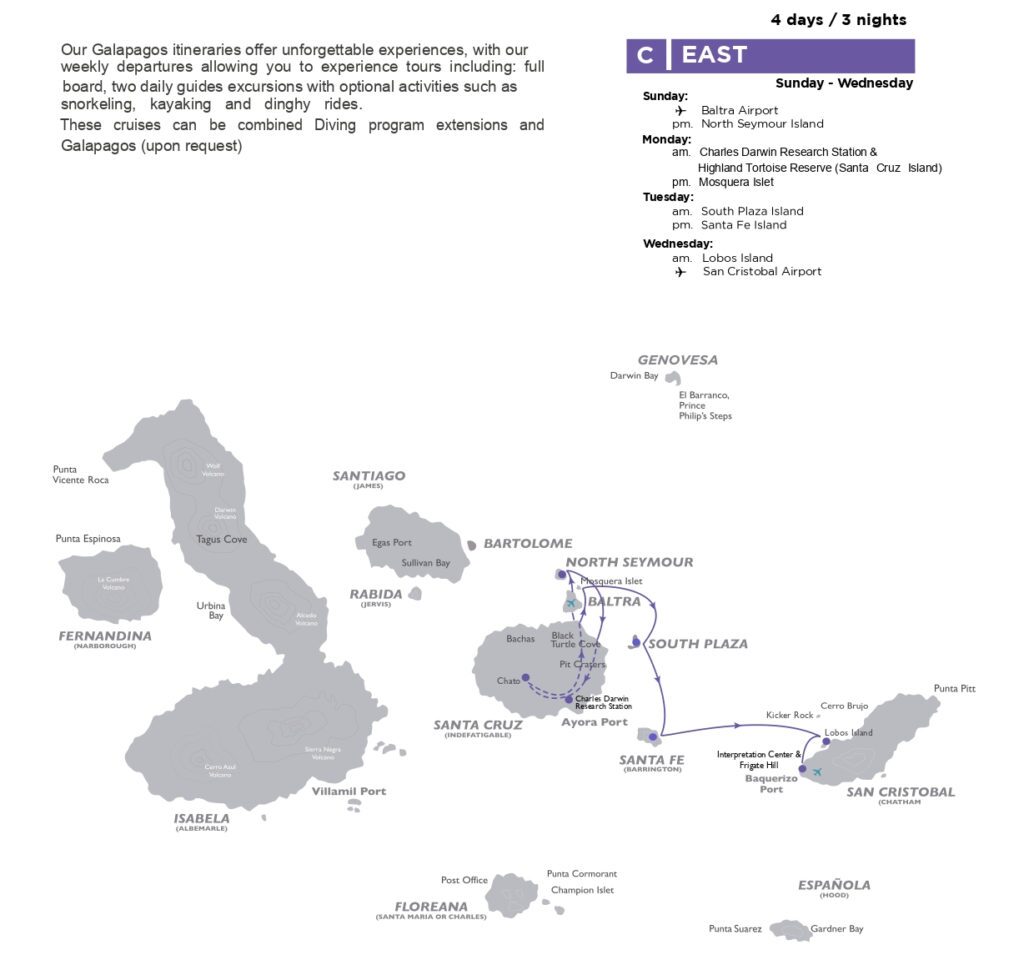
Day 1: Fly to Baltra – transfer to boat – North Seymour (L,D)
Arrive Baltra Island and your guide will be waiting for you. Transfer to Santa Cruz, we cross the Itabaca Channel then take our private bus to Puerto Ayora.
Once we arrive to Puerto Ayora, we head to the Galaxy, settling into our cabin accommodation and take lunch.
After eating and relaxing, we head to North Seymour for a dry landing. North Seymour is just off the Baltra Island (where the airport is located) and was formed by a series of underwater volcanic lava, which was deposited in layers on the ocean floor.
An approximately two-hour walk amidst large nesting colonies of Blue-footed Boobies, Magnificent and Great Frigate birds, and Swallow-tailed Gulls for an in depth encounter with sea bird breeding cycles. You can also see sea lions, land iguanas, and on a lucky day, you might even come across a Galapagos Snake.
There’s a chance to have a quick snorkel, too!
Dinner on the yacht completes your day.
Day 2: Charles Darwin Research Centre - Mosquera (B,L,D)
We wake today and our first visit is to the Charles Darwin Station, where the Galapagos giant tortoise breeding program takes place as part of our efforts to preserve the fragile Galapagos environment and where the famous Lonesome George (the last surviving specimen of his species) lived for decades.
Eggs are brought from the Galapagos Islands of Pinzon, Santiago and Santa Cruz to the station. The eggs are incubated artificially; the “galapaguitos” (little tortoises) are born and reared until the age of 5 years; they are released in their native areas when they are capable of surviving the effects of introduced predators (rats, pigs and dogs).
Since 1970, more than 2000 “galapaguitos” have returned to the native areas. Moreover, admire a prickly-pear cactus forest and variety Darwin Finches and other land birds. In addition, the Darwin Station works in providing environmental education to communities, schools within the islands and tourists who are visiting the Galapagos Islands.
If there is enough time, you can visit the town and shop for souvenirs.
After lunch, we head to Mosquera Islet. This is located between North Seymour and Baltra Island. This flat, sandy island has a large colony of sea lions. It is also an excellent site to observe shorebirds such as Herons and Lava Gulls.
There is no trail on Mosquera Island, so you can enjoy the open area. Most of the islet is covered with sand and barren lava rock.
We enjoy a snorkel, hopefully with the playful sea lions, and look for sharks, turtles, and barracudas, too.
Return to the yacht for dinner.
Day 3: South Plazas – Santa Fe (B,L,D)
South Plazas is located to the east of Santa Cruz, and despite its small size, some of the most interesting and outstanding species of the Galapagos are found here.
Throughout the island we find several hybrid iguanas, a result of crossing a male marine iguana and a female land iguana. These unique animals, recognisable at first glance by their black/grey colour, have the face and tail of the marine iguana.
We also find Swallow-tailed Gulls nesting in the rugged cliffs along with other sea birds such as Frigate Birds and Brown Pelicans.
We return to the boat for lunch.
Santa Fe Island is located in the south-eastern part of the Galapagos.This island was formed by an oceanic floor uplift and not a volcanic eruption, which give it a flatter shape than neighbouring islands. Santa Fe is home to a number of endemic species like the Galapagos Hawk, the Galapagos snake, the Galapagos Mockingbird and one of the two species of land iguanas in the islands.
After disembarking we visit one of the many sea lion colonies. There are also great opportunities for snorkelling with sea lions and tropical fish.
Return to the yacht for a briefing and dinner.
Day 4: Lobos – flight to mainland (B)
At Lobos Island, we find a small population of Blue-footed Boobies and Common Frigatebirds nesting on the site. We can also observe the two species of sea lions present in the archipelago. During the boat ride it is possible to see Brown Pelicans and several species of shorebirds.
Then, it’s to the airport for a flight back to Ecuador, or continue your cruise with itinerary D.
Itinerary D: South
Itinerary D (5 days) Wed-Sun
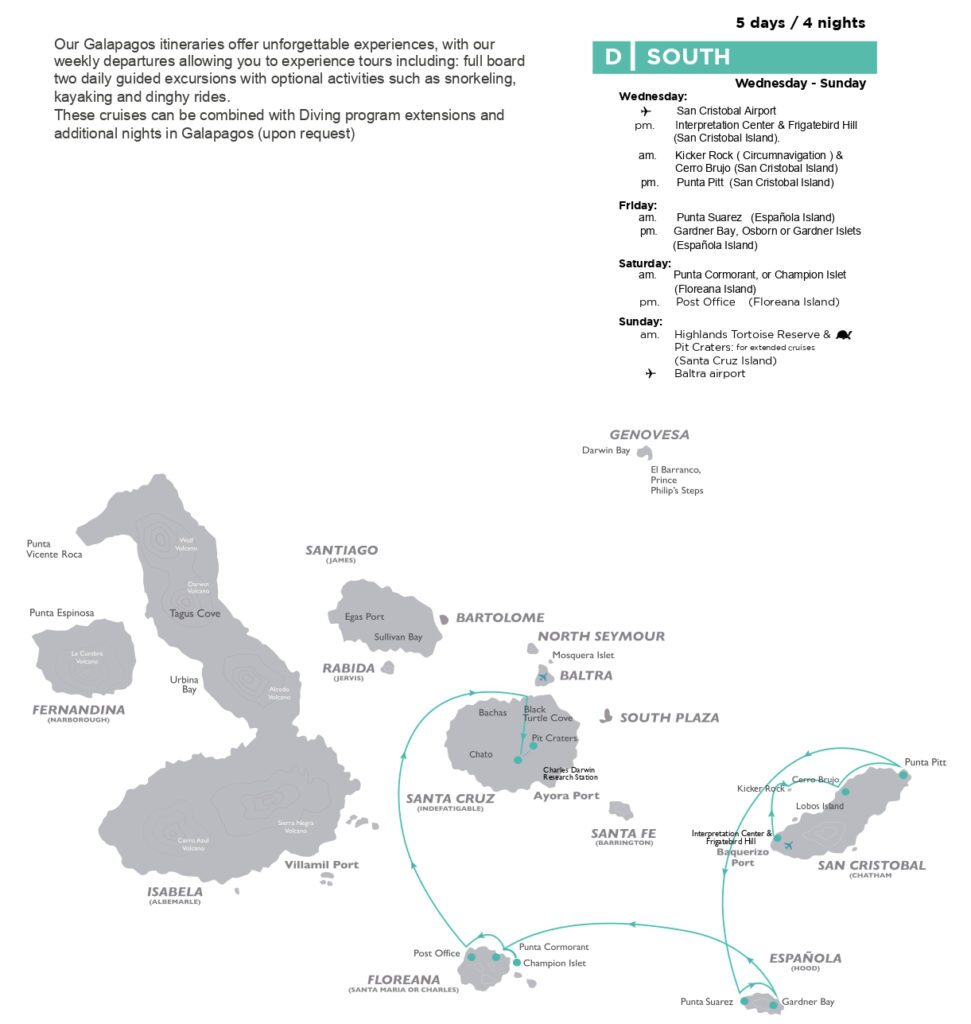
Day 1: Fly to San Cristobal – transfer to boat – Cerra Colorado Tortoise Reserve (L,D)
Departure from Quito or Guayaquil to San Cristobal, arrive in Galapagos, you are picked up at the airport by your naturalist guides and taken on a ten minute bus drive to the pier to board the Coral I or Coral II.
We head to the Tortoise Breeding Centre.
Passengers can learn about the National Park’s conservation programs and also about an assisted reproduction program that started after the birth of a little turtle in captivity.
Later, we’ll either take an energetic one-hour walk up Frigatebird Hill for wonderful views, or circumnavigate the iconic Kicker Rock.
Return to the boat for briefing and dinner.
Day 2: San Cristobal – Witch Hill – Punta Pitt (B,L,D)
We wake, have breakfast and head to Cerro Brujo – Witch Hill. This is an eroding tuff cone that is composed, in several locations, by lava formations, and a beautiful white sand beach which is great for snorkelling and sunbathing.We visit a lagoon where migratory bird species can be seen: Black-necked Stilts, Ruddy Turnstones, Whimbrels, other sandpiper species and White-cheeked Pintails.
Cerro Brujo also offers beautiful views of Kicker Rock, the southern part of San Cristobal and the adjacent coast. We jump in the water for an hour of snorkelling, then back to the yacht for lunch.
In the afternoon, we head to Pitt Point & Pitt Islet. This is a wet landing followed by a high-intensity hike on rocky terrain.The trail goes through several magnificent viewpoints including, an olivine beach of 90 metres long and a path that climbs to the top of a volcanic tuff. This is probably the only site where the three booby species of the Galapagos can be seen together: Nazca, Blue-footed, and Red-footed.
There are also the two species of Frigate birds and a sea lion colony; it is also excellent for dinghy rides and snorkelling, where a good range of sea birds can be observed.
Return to the yacht for the evening briefing and dinner.
Day 3: Española – Suarez Point – Gardner Bay (B,L,D)
Sea lions will usually give a noisy greeting to us as we make a dry landing on a jetty at Punta Suarez and head to the beach. Curious Hood Mockingbirds may peck at our shoelaces.
From April to December, the Waved Albatross, found only on Española, perform their wild mating ritual.Colonies of Blue-footed Boobies show off for potential mates, Nazca Boobies care for their young while at night the stunning Swallow-tailed Gull – the only nocturnal gulls in the world that fish at night – take to the air.
There’s more – Darwin’s Finches, Galapagos Doves and Galapagos Hawks, plus a unique species of marine iguana with traces of red and green colourings. A real highlight is the blowhole. Here, the seawater is pushed through a fissure in the cliff under great pressure. Depending on the waves and tide levels, the blowhole can force water up to 25m/82ft into the air.
Return to the yacht for lunch.
Wet landing on a wonderful, long, white beach made of coral sand at Gardner Bay (Española). For this visit you won’t even need shoes, it’s so soft underfoot, and there is no trail to follow so you can take a long walk and explore a bit. Playa Gardner is a very good place to observe finches and mockingbirds in the saltbush vegetation, and there is some great swimming and snorkelling from the beach, where curious sea lions are never far off. Some will even launch with you from the beach and into the water.
Islote Gardner and Islote Osborn are snorkelling sites where visitors will see an abundance of tropical fish, reef sharks, and turtles.
Return to the yacht for a briefing and dinner.
Day 4: Floreana: Cormorant Point – Post Office Bay (B,L,D)
At Punta Cormorant we find the probably best Flamingo lagoon in the Galapagos. It is located between two tuff lava cones that give the area a particular atmosphere. Floreana has two very different and distinct beaches: “The Green Beach” (with a high percentage of olivine crystals in the sand) and the “Flour Sand Beach” which is made up of coral.
We snorkel off the beach, hoping to swim along with sea lions, sharks, reef fish, and possibly penguins.
After lunch, we continue to the Post Office Bay. Historically, this site is the old location of a wooden barrel that was placed in the 18th century by the crew of a whaling ship. It has been used since then by sailors and tourists as a post office. The idea is that each passing person carries the letters or postcards directed to his/her destination by hand.
There’s a great chance to snorkel with turtles and sea lions today, too.
Then it’s back aboard for our farewell dinner!
Day 5: Santa Cruz Highlands – transfer to Baltra airport – flight to mainland, trip ends (B)
We land at Santa Cruz today and head to the Highlands.
En route to the airport, we visit a private farm and natural tortoise reserve “El Chato” / “Primicias”, where giant tortoises are found in their natural habitat, as well as land birds such as Tree and Ground Finches, Vermillion Flycatchers, Paint-billed Crakes, Yellow Warblers and Cattle Egrets.
The journey to the reserve offers great opportunities to see the contrasts that the island offers in reference to the variety of ecosystems, life, and geology. The road goes from the coast through the agricultural zone and straight up to the dense forests of the highlands that emerge from a light fog. Often, tortoises are also seen on the way, wandering through pastures in the agricultural zone. Land birds can also be observed along the excursion.
Then, it’s to the airport for return flight to Guayaquil or Quito.
Prices From $4,164 / £3,385 per person
What's Included?
Accommodation, Programmed visits to the Islands with a certified naturalistic guide, on board accommodation, snorkel gear (mask, snorkel and flippers), all meals on board, transfers in the Islands between the airport and dock, all meals plus purified water, tea and coffee
What's Not Included?
International flights, Round trip flights to the Galapagos Islands, Galapagos National Park fee, Galapagos Ingala fee, soft and alcoholic and bottled drinks, personal items, souvenirs, tips, wetsuit hire, travel insurance, personal items, Ecuador services
Accommodation
Coral I has 18 cabins comprising 2 standard cabins, 8 standard plus and 8 junior.
Coral II has 11 cabins comprising 4 standard plus and 7 junior.
All have air conditioning, LCD TV, video systems, skylights or windows, 2 twin or 1 double bed and private bathrooms. Both yachts have interconnecting cabins.
There are interconnecting doors suitable for families or friends travelling together.
- Junior cabin: Picture windows, 8 can interconnect, triples available, 12 m2 / 128 ft2
- Standard plus cabin: Portholes, doubles and triples, 12 m2 / 128 ft2
- Standard cabin: Portholes, twins, 7 m2 / 75ft2

Standard and standard plus cabins

Coral Junior Cabin
Social areas include:
- Sun & shadow terrace.
- BBQ area.
- Chill out area.
- Roofed terrace.
- Observatory
- Jacuzzi.
- Lounge.
- Restaurant.
- Bar.
- Boutique.
- Library.
Tour Staff
Both expedition ships now have their own Cruise Ship Administrator – s/he will assist you and coordinate all administration, hospitality, and excursions.
The crews are “Galapagueños”, guides, captains and crew members were born and raised in the Galapagos Islands.
They know the area well and are prepared to show you the islands only like a native can do it.
The Naturalist, English-speaking guides have studied and been trained at Charles Darwin Scientific Station, and have long years of experience guiding at the Galapagos Islands.
Meals
The boat uses as much locally sourced produce as possible, including fish, coffee, eggs, fruits and meat farmed in Galapagos, to reduce carbon footprints and make sure the best ingredients are used.
The chef prepares three main meals a day, with snacks and drinks available after activities.
All dietary requirements can be catered for, vegetarians, vegans, lactose intolerant and more.
Breakfast usually features a juice, tea and coffee, toast, jams, eggs and pastries.
Lunch will include soups, then a main meal of rices, pastas, fish, omelettes and many more options, and often a small pudding.
Dinner will again be a hearty affair, with a starter, main meal and pudding, with water, teas and coffees available.
There is a bar with beers and cocktails available at extra cost.
Activity Level
Walks
Every visit to each island involves an easy or moderate walk, which can last between 2 to 3 hours, and are not considered strenuous. On these walks you will be led by an expert naturalist guides in a small group along clearly marked trails. They will explain in great detail all the wonders of each of our carefully selected itineraries. Most days there are two guided walks on a specific island where you will be able to walk and hike on beaches, lava fields, alongside cliffs and around mangrove estuaries.
Snorkelling
Snorkelling in the Islands is the highlight of the Galapagos cruise for many of our guests. You have the opportunity to go snorkelling almost every day – snorkelling with marine iguanas and with playful sea-lions are some of the highlights, as well as with green sea turtles, penguins and an incredible variety of colourful reef fish. On the western islands the water is a little colder but teaming with life. There are beach snorkels for beginners and deeper waters.
Zodiac rides
Dinghies, or “Pangas” as they are known in Galapagos, are inflatable zodiacs that serve as the main transportation method from our Galapagos yachts to the visitor sites. At several times during your week-long Galapagos travel adventure, you will have the chance to enjoy dinghy (or panga) rides in shores, mangrove estuaries, coves and caves.
Practical Information
Is this the cruise for me?
Both ships are large and stable with top quality cabins.
Ideal for families, honeymooners and special occasions.
Introduction to Galapagos
These magical islands comprise of 50 volcanic islands of varying shapes and sizes, which lie 1,000 kilometres off the coast of Ecuador.
Here, unlike anywhere else on Earth, you can enjoy a thousand close encounters with a weird and wonderful variety of ‘friendly locals’, including giant tortoises, fur seals, sea iguanas, frigate birds and blue-footed boobies.
Read our Galapagos Islands Guide and more about diving.
In 1535, Tomás de Berlanga, Bishop of Panama, floated into this archipelago and named it Galapagos after the giant tortoises he encountered. Pirates used the islands for refuge and to bury their stolen treasure after that.
The islands’ most celebrated visitor was Charles Darwin, who arrived aboard the HMS Beagle in 1835. The rare life forms he encountered helped him formulate his theory of evolution, which he published in The Origin of Species by Means of Natural Selection.
It wasn’t until 1959 when it became part of Ecuador’s national park system that this fragile ecosystem with its rare and endemic species came under protection.
In 1979 the Galapagos archipelago was declared a UNESCO World Heritage Site.
Weather in Galapagos
When to visit Galapagos Islands: weather and wildlife
There is no real ‘best’ time to visit Galapagos on holiday as there is always wonderful wildlife and weather to enjoy. Read our blog for more.
Most animals – tortoises, sharks, sea lions and boobies – are found year round and many of the species here are non-migratory.
The Galapagos Islands are located right on the equator so air and water temperatures do not vary by much.
Having said that, there are two recognised seasons, and each months brings natural marvels for the visitor to enjoy.
Below is our quick guide to the weather and wildlife you can find on the Galapagos Islands.
General weather information
The warm season (Jan-Jun)
- Calm, clear warm waters, great for snorkelling, often without a wetsuit.
- Great weather, with February and March being the hottest and sunniest months with blue skies and sunshine.
- Occasional heavy bursts of rain in the afternoons.
Sea temperatures: 22-25°C / 72-77°F
Land temperatures: 21-32°C / 72-90°F
The dry ‘garua’ season (Jun-Dec)
- It’s a great time for marine life in the cooler seas. Snorkellers may want a wetsuit.
- August and September the coolest when you may need a jacket in the evenings and the sea can be choppy.
- There can be mist on the islands in the mornings (garua) which usually burns off by midday leaving overcast skies or a sunny afternoon.
Sea temperatures: 15-22°C / 60-72°F
Land temperatures: 18-24°C / 65-75°F

Air and sea temperatures in Galapagos, month-by-month
Galapagos cruise kit list
Good kit is vital for every trip.
Book with Andean Trails and get 15% off Páramo’s fantastic ethical and high performance outdoor gear.
Galapagos – general advice
Galapagos is warm and humid, and you will need t-shirts (moisture wick-away or breathable t-shirts can be very useful, it can get very hot in the day), shorts, lightweight skirt or trousers and bathing suits.
One or two cotton shirts can be used to protect you from sunburn, especially when snorkelling (not very elegant worn in the water over a swimsuit, but practical – and Galapagos is NOT an elegant place!).
You may want to change into different clothes for the evening, but don’t take anything dressy or smart – there really is a very relaxed atmosphere on board.
Pack something warm for going on deck in the early morning or evening a fleece, maybe, and a sweatshirt – and a waterproof for the Highlands.
Strong sandals, trainers, or light hiking boots are ideal footwear – you may like to have something suitable for easy walks and another for tougher terrain – your guide will advise you daily what the walking will be like. Most boats ask passengers not to wear heavy shoes on board.
Do take a hat!
Seasickness tablets if you think you will have problems – i.e. Sturgeon, or Mareol if you buy them in Quito. The sea can be choppy, so it is recommended to take them as a precaution.
Galapagos – detailed kit list
- First aid kit – aspirin, imodium, sun tan lotion (facter 50 recommended), sunburn cream, lip salve, throat lozenges, insect repellent, etc.
- Earplugs – the engine can be noisy, whatever the boat, wherever your cabin.
- Sun glasses and sun hat.
- Snorkelling equipment – the boat either provides kit for free or has a supply for hire, but it may suit you better to take equipment in your size that you know will fit you. Even if you have not snorkelled before, DO have a go – under water Galapagos is a very special experience. Try it first of all from the beach, to get the hang of breathing through gritted teeth, then take the plunge!
- Towel, for the beach (most boats provide these, please ask).
- Money belt.
- Passport, with at least 6 months remaining from date of return from Ecuador.
- US Dollars cash and mixed denomination notes, undamaged and unmarked.
- Visa/MasterCard, Cash card.
- Personal & Medical insurance.
- Camera and film / memory cards (take at least twice the amount you think you will need!). You may want to take an underwater camera for snorkelling.
- Camera charger
- Binoculars
- Small backpack – to keep your sun cream, water, shirt etc in when you are on shore.
- Small plastic water bottle, 1-2 litres, depending on how much you drink.
- Biodegradable sunblock (v. high factor, 50+ recommended) and lip salve.
- Toiletries (featuring biodegradable soap).
- Wet Wipes/antiseptic hand wash cream
- Travel alarm clock.
- Sewing kit.
- Spanish/English phrasebook.
- Book, e-book, mp3 player/ipod or other for free time.
The Galapagos Islands are a very fragile environment and the arrival of more and more inhabitants to the islands, as well as tourist have an impact.
Please try to minimise your impact by:
- Bringing a water bottle to refill, rather than using a new bottle each time.
- Recycling your rubbish where possible, not leaving any rubbish behind.
- Taking batteries back home with you – they cannot be recycled properly in Ecuador.
- Saving water where possible.
- Leave toiletries that contain microbeads at home
- Saving energy by switching your lights off when you leave the room. Electricity on the islands comes from a generator, fuelled by petrol. For this same reason, please think about whether you really need to use your air conditioning.
Quito
Pleasantly warm during the day, but can be quite chilly during the morning or at night when you might want a jacket or a fleece, plus a waterproof.
You may want to dress up a little more in the evening here, depending on where you are staying, and what sort of restaurant you like.
Guayaquil
Conditions here are similar to Galapagos – hot and humid. T-shirts and shorts in the day, and like Quito, something smarter for eating out in restaurants at night.
ATOL holiday protection
Andean Trails has 25 years of experience of putting together the best South America holidays.
We pay a fee to the CAA for every licensable passenger we book since we hold an Air Travel Organiser’s Licence granted by the Civil Aviation Authority. In the unlikely event of our insolvency, the CAA will ensure that you are not stranded abroad and will arrange to refund any money you have paid to us for an advance booking.
We also offer ATOL (Civil Aviation Authority) protected holidays to give our customers peace of mind when booking and travelling.
When you buy an ATOL protected air holiday package from Andean Trails Ltd you will receive a Confirmation Invoice from us confirming your arrangements and your protection under our Air Travel Organiser’s Licence number 6275.
You can read more about ATOL, who is covered and what protections you have if not ATOL-covered, on our ATOL page.
What is ATOL?
The CAA’s ATOL scheme offers protection to your money and your holiday if you book with us. Not everybody is covered (see ‘Who is covered?’ for more), as you must purchase an ‘air package holiday’ with Andean Trails to be protected.
And ‘air package holiday’ is defined as including a flight and some ground services (hotel, transfer, trek etc). This is also known as an ‘ATOL-protected holiday’.
Who is covered?
To be covered by ATOL, you must book a flight and some ground services with us and be from the UK. If you are from the UK and only book ground services and no flights, you are not covered by ATOL (see below for more on how non-ATOL clients are covered).
If you are outside the UK and buy flights with us, you will be ATOL protected IF any of the flights booked with Andean Trails touches/stops in the UK at any point during your holiday package booked with us.
If you buy your flights elsewhere, please check with that agent if you are ATOL protected. Be careful with online flight purchases and make sure you know what protection you have, if any, before paying for flights.
Not all holiday or travel services offered and sold by us will be protected by the ATOL scheme. Please ask us to confirm what protection may apply to your booking.
For land only holidays not involving any air travel, in accordance with “The Package Travel, Package Holidays and Package Tours Regulations 1992”, all UK passengers booking with Andean Trails Ltd. are fully protected for the initial deposit and subsequently the balance of all money paid to us, arising from cancellation or curtailment of travel arrangements due to the insolvency of Andean Trails.
I’m not ATOL covered, what protection do I have?
If you are not ATOL covered, any payments you make to us go to a Trust account.
We can only access this money once your tour has been completed, meaning that if anything happens to Andean Trails Limited while you are on holiday, then your money is secure and you can either complete the trip or be able to make it home.
If you pay for your holiday with a credit card, some offer payment protection – please check with your cardholder.
You also should have cancellation protection written into your insurance (which we recommend you have at the time of booking) in case you need to cancel.
Prices From $4,164 / £3,385 per person
2025 price, shared standard cabin
8 days (Sun-Sun/Weds-Weds) USD 4,164 per person
5 days (Weds-Sun) USD 2,610 per person
4 days (Sun-Weds) USD 1959 per person
Upgrades available at extra cost
Single supplement applies - ask about cabin shares
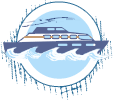
Dates & Prices
Prices From $4,164 / £3,385 per person
2025 price, shared standard cabin
8 days (Sun-Sun/Weds-Weds) USD 4,164 per person
5 days (Weds-Sun) USD 2,610 per person
4 days (Sun-Weds) USD 1959 per person
Upgrades available at extra cost
Single supplement applies - ask about cabin shares
Can’t find what you’re looking for? Get in Touch
+44 (0)131 378 5593
+44 (0)131 554 6025



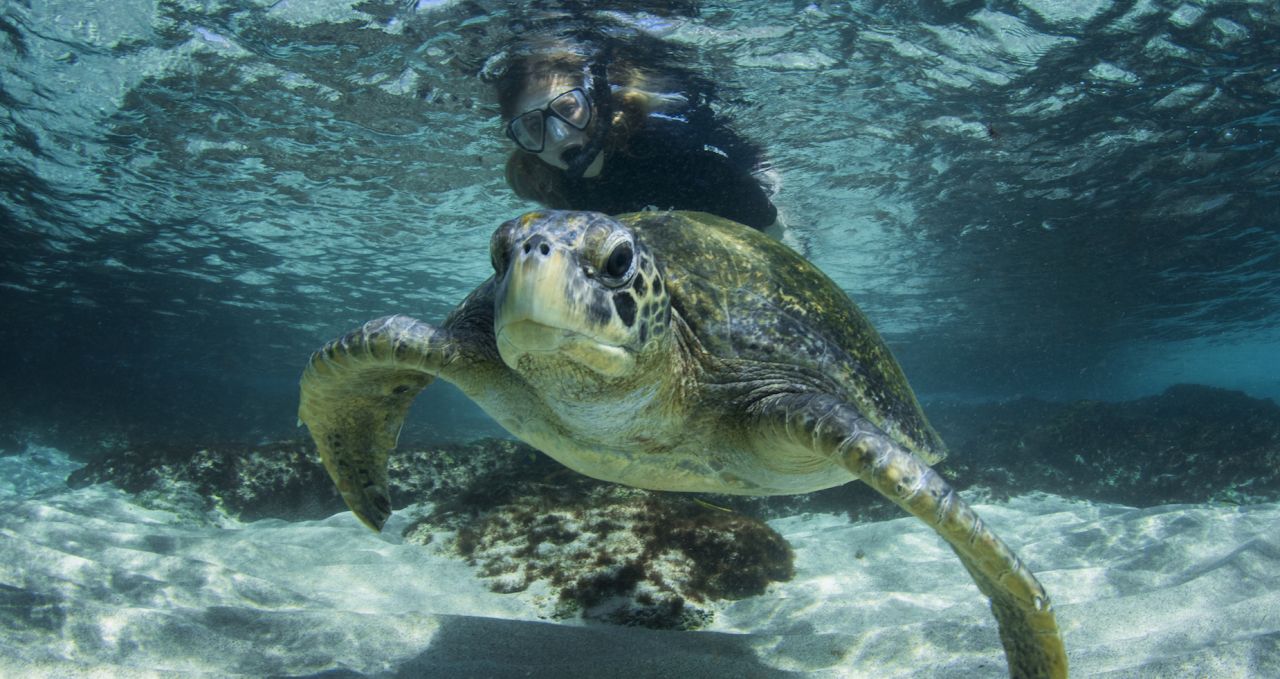
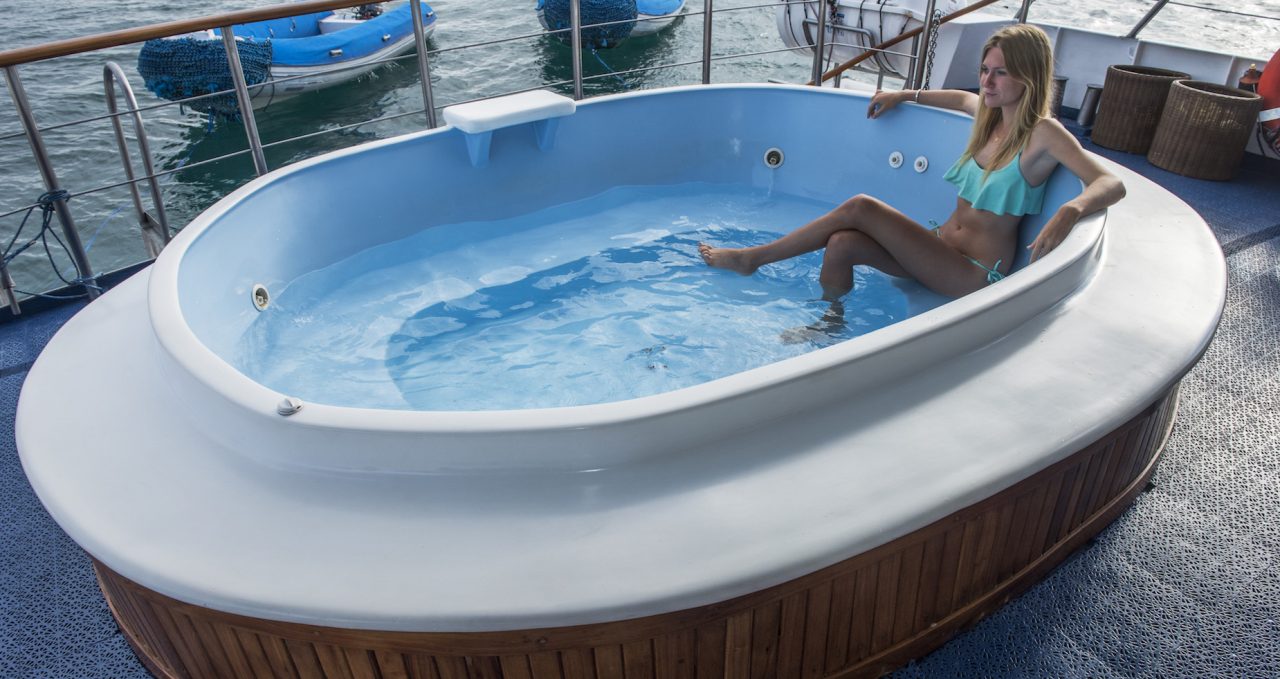
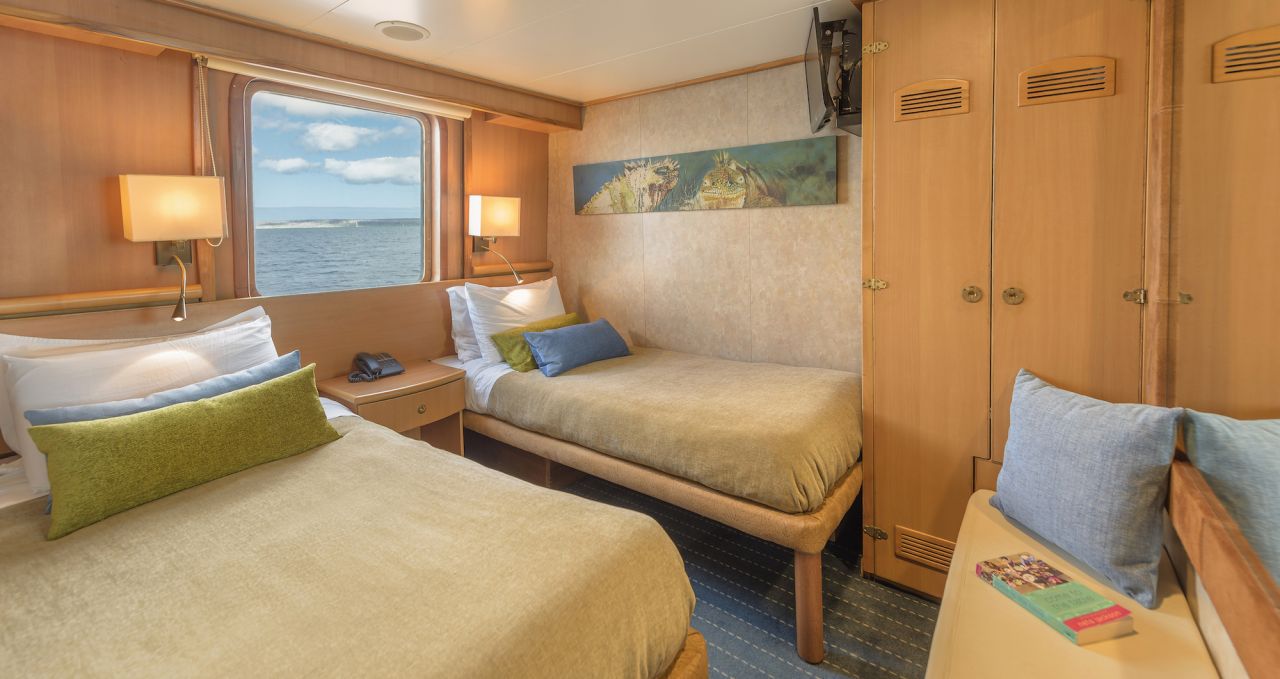
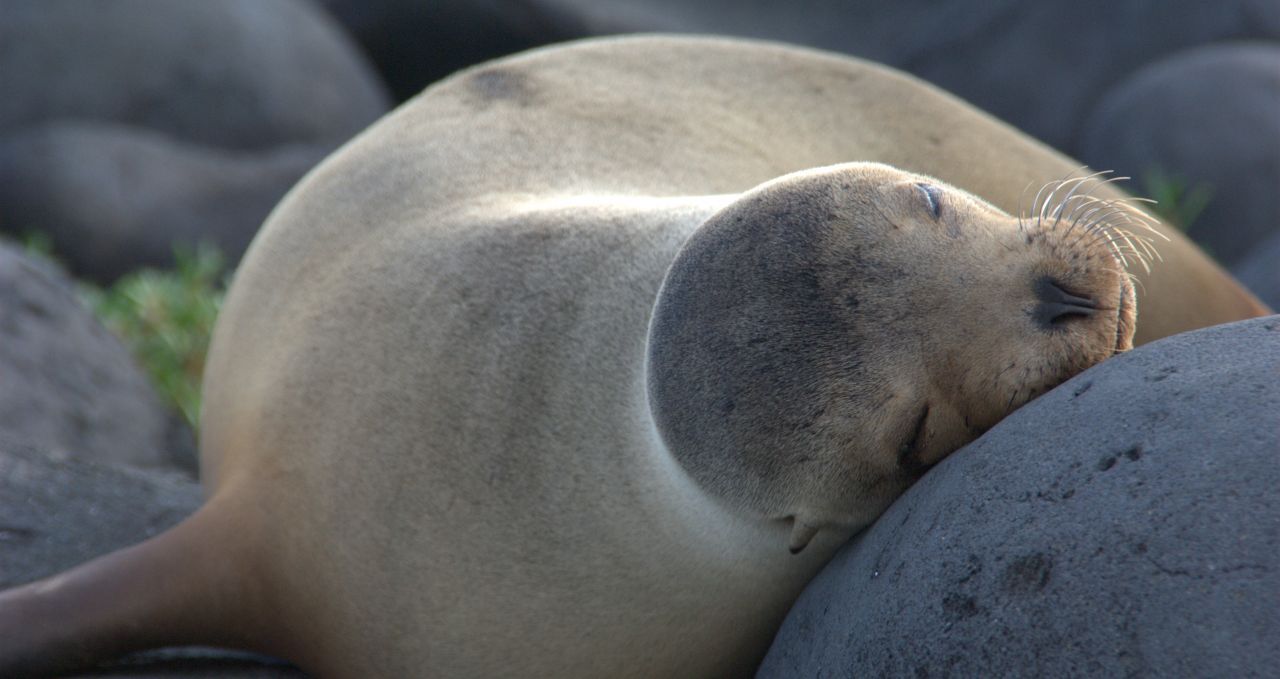
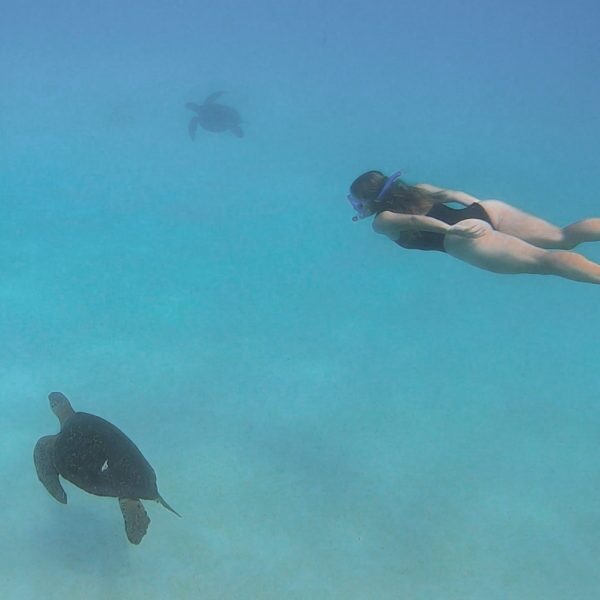
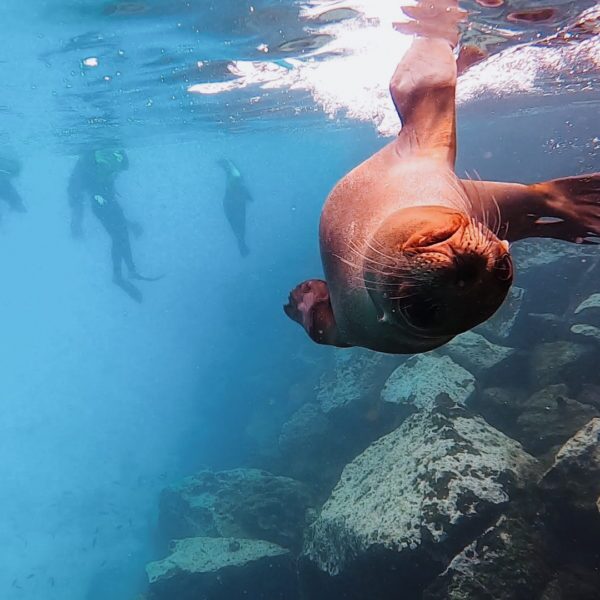
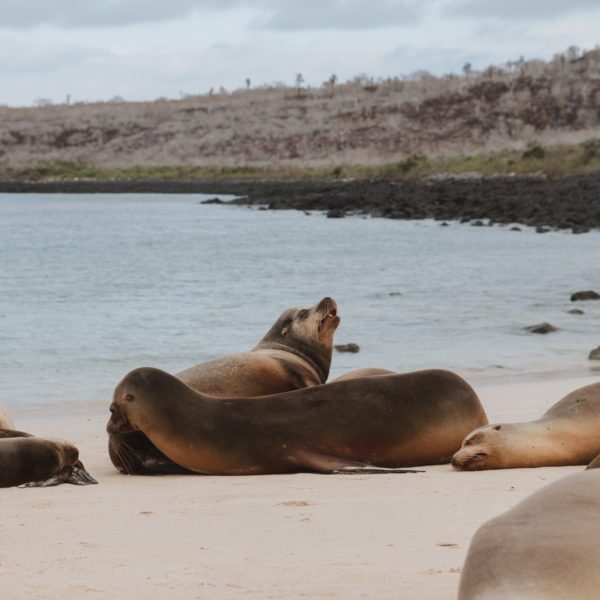
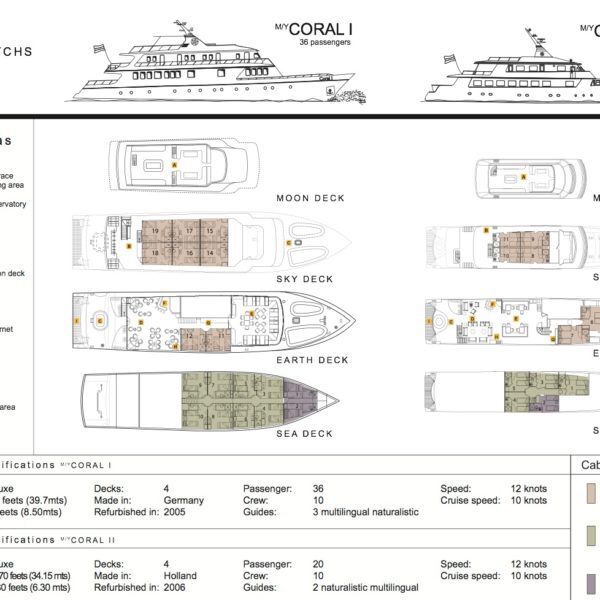
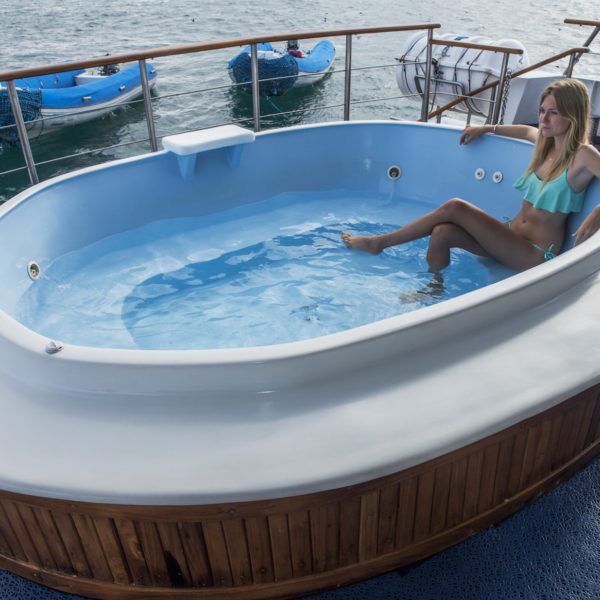
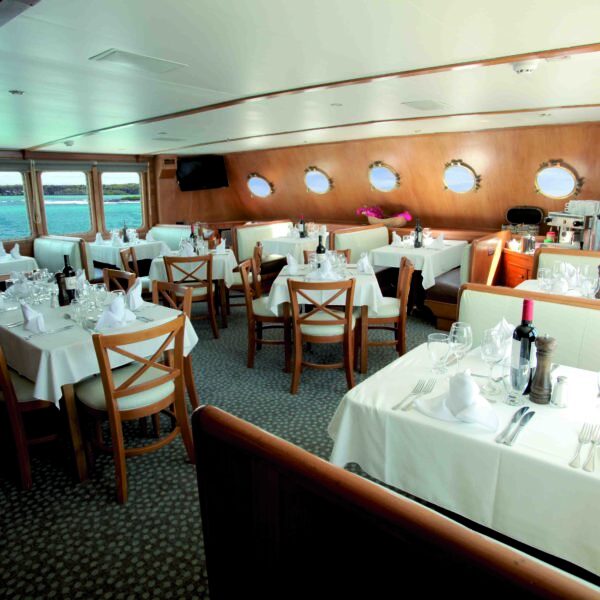
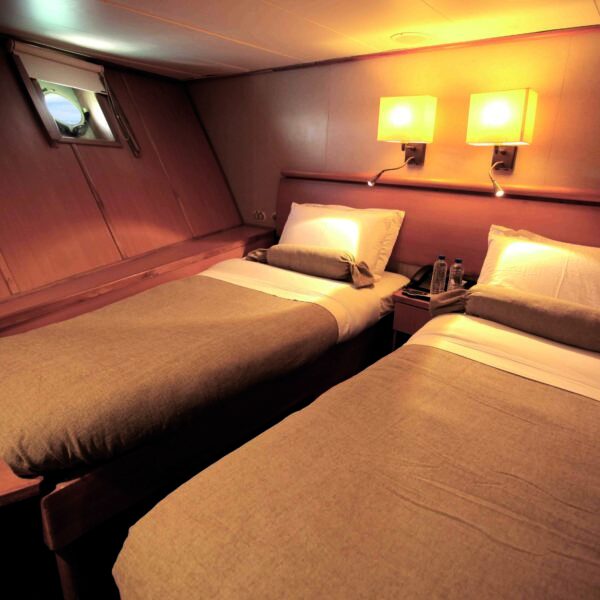
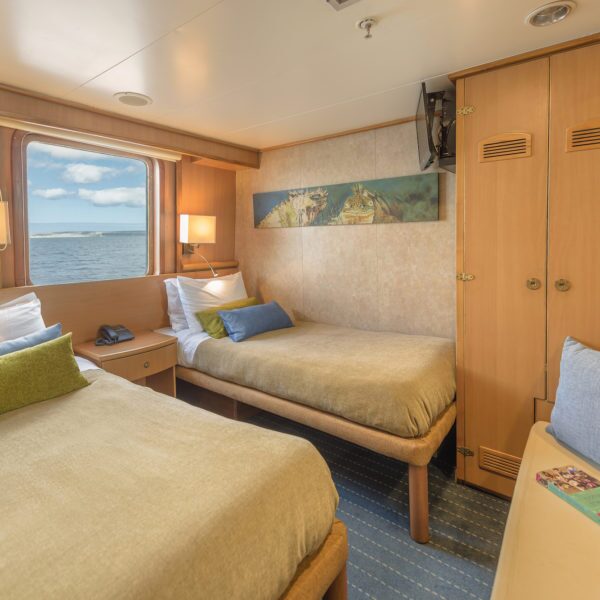
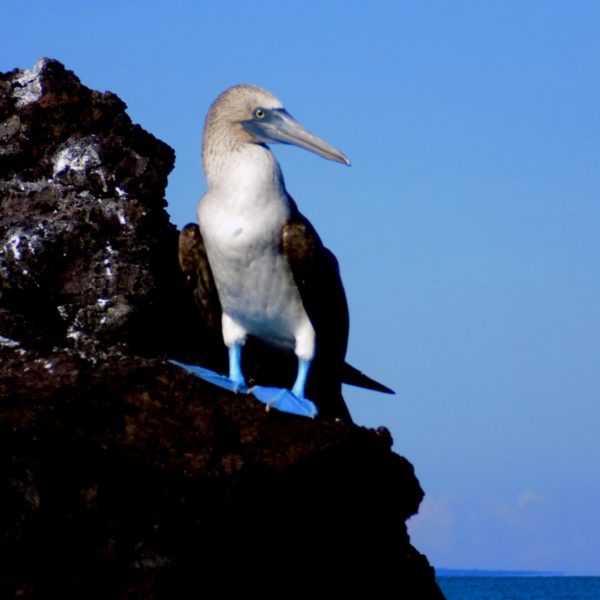
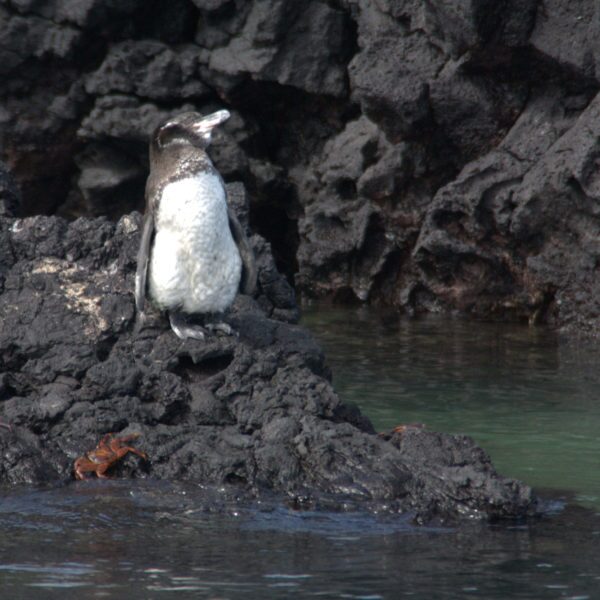
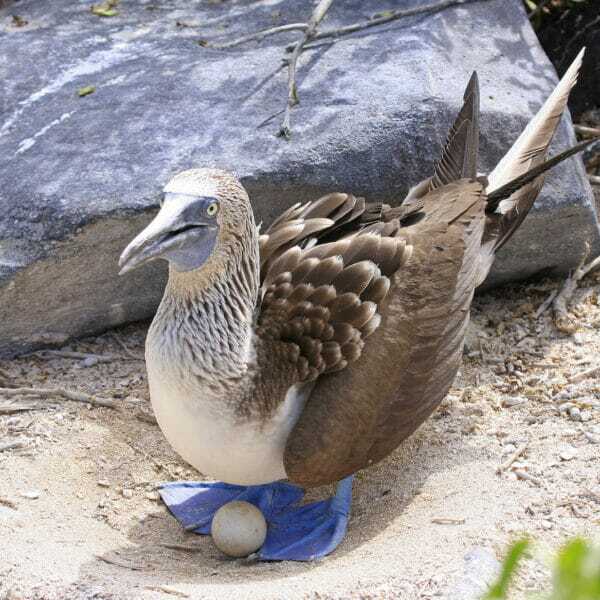
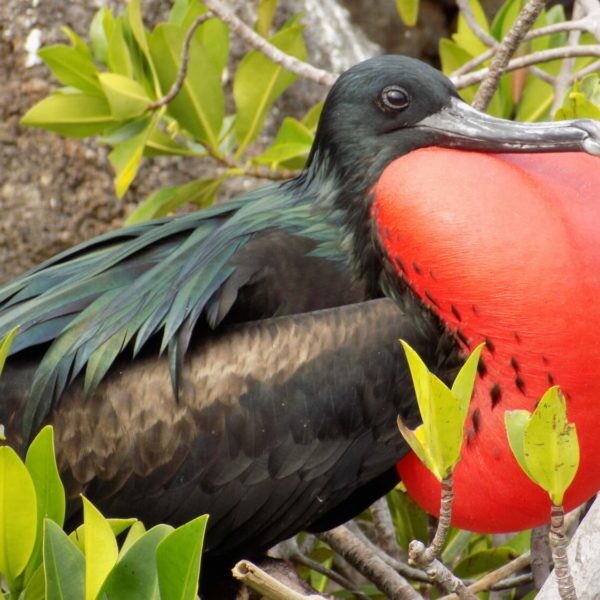
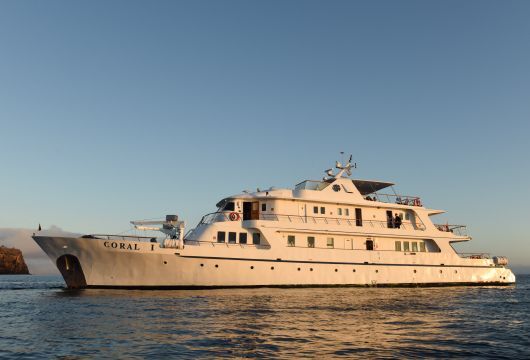
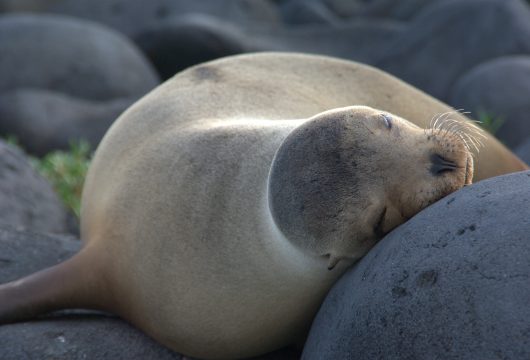

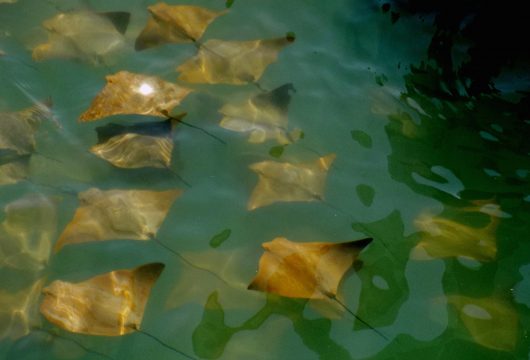
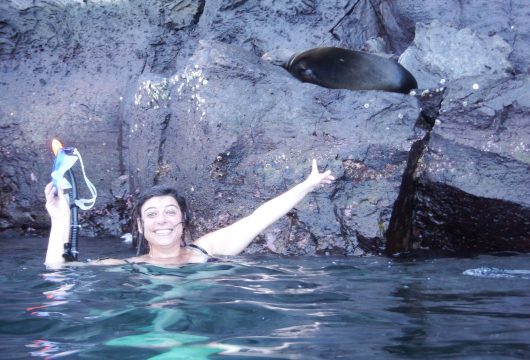
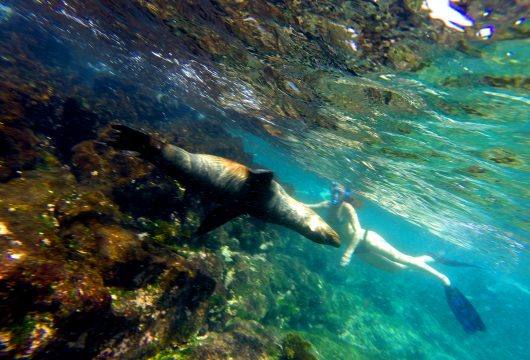
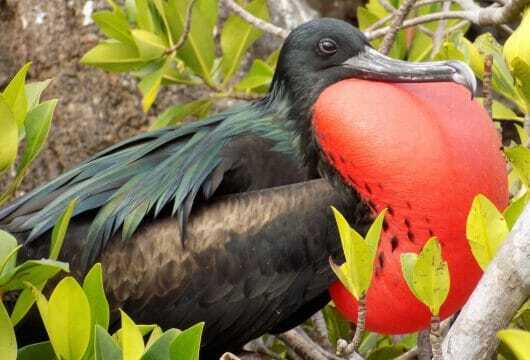
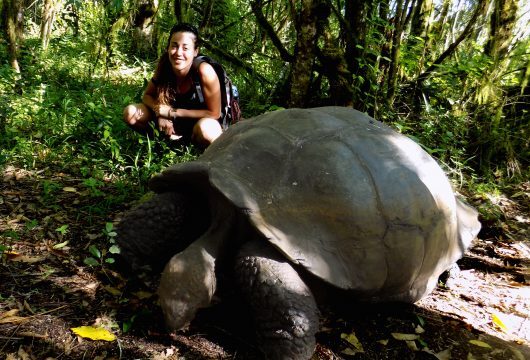
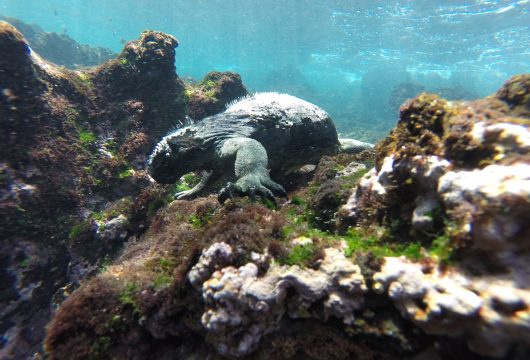
 a Group Tour
a Group Tour 